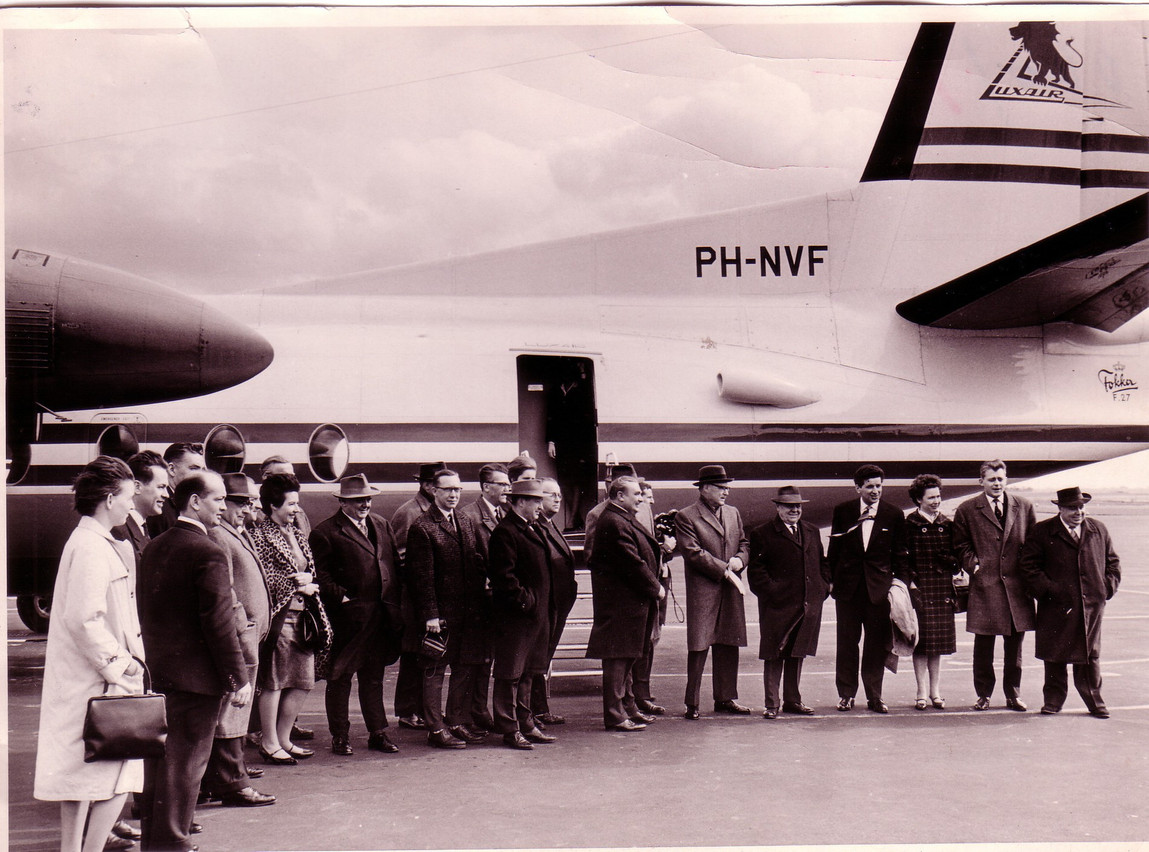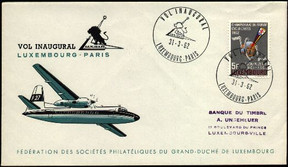On 31 March 1962, Luxair flew its first commercial flight from Findel to Paris, a first in more ways than one. Luxair had obtained the prototype of the F27 Fokker, a modern turboprop developed by Fokker in the Netherlands. Luxembourg’s carrier was set up with an injection of new capital and ownership shared between banks and the steel industry. At first, the airline offered three destinations: Paris, Amsterdam and Frankfurt and in the end of its first year it had services between 8.500 and 9,000 passengers. In 2019--the year with the highest recorded activity--that number was 2.5 million.
Over the years Luxair has expanded and now offers business and leisure destinations while its tour operator LuxairTours has also grown since its launch in 1968. More recently the company has set up a strategy to diversity its connections to other airports. In 2018, the airline set course for the United Arab Emirates offering flights to the city of Ras Al Khaimah, and three years later--Dubai.
From Johannesburg to New York
The history of Luxair is also made up of anecdotes that the younger generation is unaware of. For example, the company provided flights between Luxembourg and Johannesburg for 19 years, between 1964 and 1969, in collaboration with Trek Airways, then between 1980 and 1994, using three Boeing 747SPs. “Due to lack of profitability, this route operated by the short version of the famous wide-body aircraft will not be retained by Luxair, which will focus its strategy more on short and medium-haul flights and around the European continent,” the company said.
There was one other important operator using Findel, the first ever low-cost airline, Loftleidir, which later became Icelandair following a merger with Flugfélag Íslands. It operated in Luxembourg from 1955 to 1998. Many argue that this airline, dubbed the “hippy airline” for the type of customers attracted to its low-ticket prices put Luxembourg on the map. According to Icelandair, among the 300,000 passengers it flew to Luxembourg each year at its busiest time was former US president Bill Clinton, a student at the time. When Luxair was launched in 1962 the country’s association with Loftleidir increased fears among other other countries that Luxair would serve as a feeder airline for Loftleidir and compete with their national carriers for passenger traffic to North America. Speaking to Delano in 2019 Luxair’s former vice president Théo Breisch recalled in particular the long discussions with French, British and Greek authorities to convince them to give traffic rights. “They were all against it until the day we, from the commercial side, convinced their airline we could cooperate,” said Breisch. Each new destination came only after hard graft, convincing countries. It paid off, and passenger numbers through Findel airport tripled in four years, from 70,249 in 1961 to 214,189 in 1965.
Luxair also served New York between 1999 and 2000. Here too, the Boeing 747SP was used for this Atlantic crossing before being put on standby due to lack of profitability.
Turbulence and turmoil
In its six decades of operation, Luxair has had three incidents: two of them resulted in no casualties--in 1969 on the Frankfurt-Luxembourg flight and in 2015 on the Saarbrücken-Luxembourg flight. The Berlin-Luxembourg flight of 6 November 2002 remains the grand duchy's biggest aerial disaster to date. Out of the aircraft's 22 passengers and crew members, 20 lost their lives when the plane descended onto the Findel runway and crashed at Niederanven.
Today, Luxair has 19 aircrafts, including 8 Boeing 737s and 11 Bombardier Q400s. Last year, the company employed 2,840 people, according to national statistics bureau Statec. At the end of 2020, a job retention plan affected nearly 600 employees of the company. 265 of them took early retirement and 227 were placed in a structural reclassification cell to be dedicated to other tasks than the ones they had been performing until then.
This story was first published in French on . It has been translated and edited for Delano.






